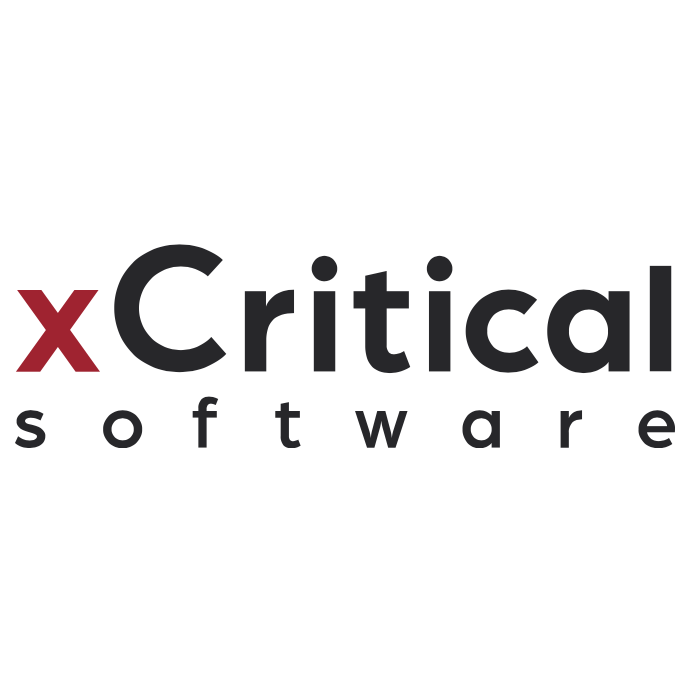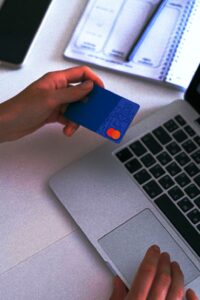Contents
By some estimates, HFT makes up 60 to 70% of all trades done in the US on a daily basis.1 Other estimates project that if these strategies keep proliferating at their current rate, 80% of trades will be HFT trades by 2012. “Report examines May’s ‘flash crash,’ expresses concern over high-speed trading”. The New York-based firm entered into a deferred prosecution agreement with the Justice Department.
The precision of signals (buy/sell signals) is paramount since gains may quickly turn to losses if signals are not transferred rightly. So, HFT makes sure that every signal is precise enough to trigger trades at such a high level of speed. Conclusively, in the past 20 years, the difference between what buyers want to pay and sellers want to be paid has fallen dramatically. HFT has also added more liquidity to the market, reducing bid-ask spreads. High Frequency Trading is mainly a game of latency (Tick-To-Trade), which basically means how fast does your strategy respond to the incoming market data. It places orders that are instant and accurate, but not necessarily short-term holds.
The US has always been the main hub for high-frequency trading, which has accounted for at least half of all the volume within the US equity market every single year since 2008. As well as competing with one another retail investors have to compete with an algorithm that is far superior than human trading. Trading forex on margin carries a high level of risk and may not be suitable for all investors.

We introduce people to the world of trading currencies, both fiat and crypto, through our non-drowsy educational content and tools. We’re also a community of traders that support each other on our daily trading journey. High-frequency traders can conduct trades in 10 milliseconds or less. Our aim is to make our content provide you with a positive ROI from the get-go, without handing over any money for another overpriced course ever again.
High Frequency Trading [Infographic]
They’re actually executed by an algorithm at a speed rate and scale that’s beyond our comprehension. High-frequency forex trading is a widely competitive field for newcomers. It requires a substantial initial investment, while the potential returns are highly dependable on the scale of your activity.
- HFT uses proprietary trading strategies carried out by computers to move in and out of positions in seconds or fractions of a second.
- Only a few traders have the resources to buy high-tech systems that make the trading style work.
- And subsequently, each trade started getting executed within nanoseconds in 2012.
- Supplemental liquidity providers are market participants that use sophisticated high-speed computers and algorithms on equity exchanges.
The speeds of computer connections, measured in milliseconds or microseconds, have become important. Competition is developing among exchanges for the fastest processing times for completing trades. For example, in 2009 the London Stock Exchange bought a technology firm called MillenniumIT and announced plans to implement its Millennium Exchange platform which they claim has an average latency of 126 microseconds. This allows sub-millisecond resolution timestamping of the order book.
What Is High-Frequency Trading?
The amount and volume of the trades using this strategy ensure a liquid market. HFT traders act as makeshift market makers who buy and sell when no one will. Currently, especially for highly followed companies, it is relatively simple to buy or sell a reasonably large amount of shares. The report found that the cause was a single sale of $4.1 billion in futures contracts by a mutual fund, identified as Waddell & Reed Financial, in an aggressive attempt to hedge its investment position. While some firms exited the market, high-frequency firms that remained in the market exacerbated price declines because they “‘escalated their aggressive selling’ during the downdraft”. In 2017, Aldridge and Krawciw estimated that in 2016 HFT on average initiated 10–40% of trading volume in equities, and 10–15% of volume in foreign exchange and commodities.
There are a handful of large prime brokerages in the foreign exchange market, and usually, they are large investment banks. The prime brokers typically require you to have a minimum capital to trade, besides the commissions they may charge for their services. High-frequency trading in the forex market originates from HFT in the equities pitbull trading book market. Due to this, the similarities between both extend beyond the technological infrastructure and the market fundamentals. Becoming a high-frequency trader isn’t a straightforward process. In this guide, I will list all the requirements and the potential costs for those planning to start high-frequency forex trading.
While off-the-shelf solutions are on the cheaper side, usually up to $20,000 per month, they have many drawbacks (slow, hardly customizable, you don’t have full ownership, etc.). On the other hand, designing a high-frequency forex trading system from scratch can cost you up to $1m, depending on its complexity. Also, remember that high-frequency trading forex requires tick data . Unlike historical data, the costs of live data, especially for the forex market, can be a bit higher due to its highly fragmented nature.

Promoting robust internal risk management procedures and controls over the algorithms and strategies employed by HFT firms. “some firms do not have stringent processes for the development, testing, and deployment of code used in their trading algorithms.” Much information happens to be unwittingly embedded in market data, such as quotes and volumes. By observing a flow of quotes, computers are capable of extracting information that has not yet crossed the news screens.
Knight was found to have violated the SEC’s market access rule, in effect since 2010 to prevent such mistakes. Regulators stated the HFT firm ignored dozens of error messages before its computers sent millions of unintended orders to the market. Knight Capital eventually merged with more money than god review Getco to form KCG Holdings. Knight lost over $460 million from its trading errors in August 2012 that caused disturbance in the U.S. stock market. In March 2012, regulators fined Octeg LLC, the equities market-making unit of high-frequency trading firm Getco LLC, for $450,000.
How High Frequency Trading Works
But there are a few high-frequency trading firms you’ll come across again and again. If you develop high-frequency trading algorithms for a firm, you can expect to earn $133,000 to $135,000 your first year, according to the site. And if you’re one of the best, you could easily see $400,000 to $1 million a year, according to efinancialcareers.com. High-frequency trading is the process of buying and selling large, high-speed orders.

It can also make the market more volatile and at higher risk for flash crashes. As we’ve just explained, the startup costs for high-frequency forex trading are significant. At the minimum, you need to be earning at least what you’re spending, which could be a minimum of $25,000 per month. If you only have $10,000 of capital to start off with, it’s unlikely that you’ll be tripling that every month so you can see an actual profit.
The advantage of HFT is largely down to how quickly the platform can process trades, so the focus is on the power of computers used and the location of computing programs. HFT executes trades with the kind of speed and volume that is physically impossible by a human. It is the use of computer algorithms usd dollar index futures and sophisticated technological tools to rapidly trade financial securities. HFT, known as High-Frequency Trading, is the process of using computer programs running complex algorithms to make trades very quickly. ‘Reg NMS was intended to create equality of opportunity in the US stock market.
High computation load and related “Big data” (also, problems with it)
HFT firms characterize their business as “Market making” – a set of high-frequency trading strategies that involve placing a limit order to sell or a buy limit order in order to earn the bid-ask spread. By doing so, market makers provide a counterpart to incoming market orders. Although the role of market maker was traditionally fulfilled by specialist firms, this class of strategy is now implemented by a large range of investors, thanks to wide adoption of direct market access. High-frequency trading firms will often write their own software, but retail traders can use existing software to write code and execute their trading strategies. Expert advisors are available to buy and create in MetaTrader4 , a globally used trading platform that is available on our software.
Risks of High-Frequency Trading
As a result, the risk-reward, or Sharpe Ratio, is exceptionally high. The ratio is much greater than the classic investor who invests with a long-term strategy. A high-frequency trader will sometimes only profit a fraction of a cent, which is all they need to make gains throughout the day but also increases the chances of a significant loss. It enables traders to find more trading opportunities, including arbitraging slight price differences for the same asset as traded on different exchanges.
Typically, ULLDMA systems can currently handle high amounts of volume and boast round-trip order execution speeds (from hitting “transmit order” to receiving an acknowledgment) of 10 milliseconds or less. A separate, “naïve” class of high-frequency trading strategies relies exclusively on ultra-low latency direct market access technology. In these strategies, computer scientists rely on speed to gain minuscule advantages in arbitraging price discrepancies in some particular security trading simultaneously on disparate markets.
Unfortunately, the algorithms are only as good as their creators. Therefore, you could lose a lot of money or your entire trading balance if there is any error in its makeup. Instead, the whole process is automated, making your trades more efficient. The algorithm does all the work for you; that way, you can ensure better efficiency and zero emotional interference with your trades. The trading style has been used in the stock and forex markets over the years and was recently extended to the crypto market. Let us take a real-world example in the current scenario when, in the month of March, markets hit circuit breakers quite a lot of times because of the Coronavirus Outbreak.
